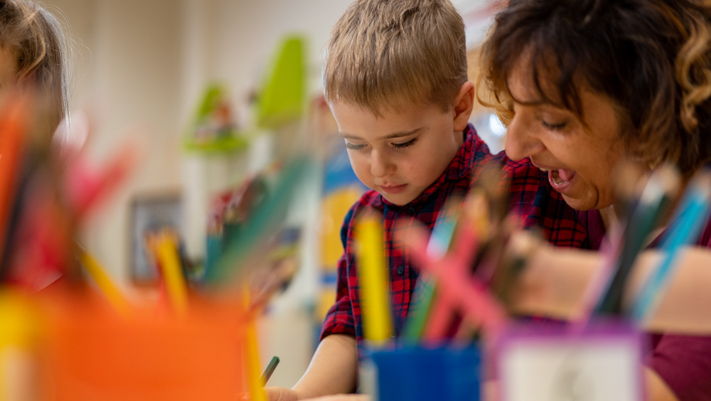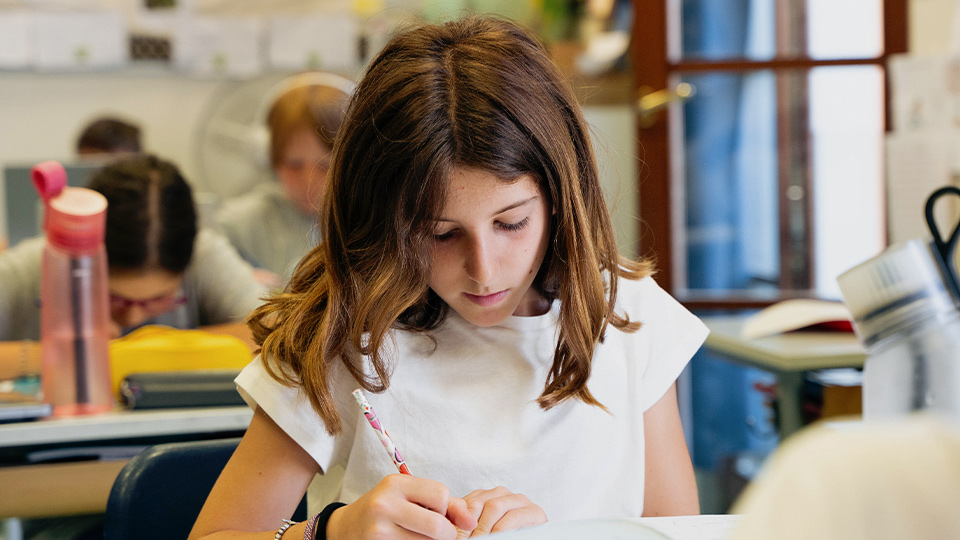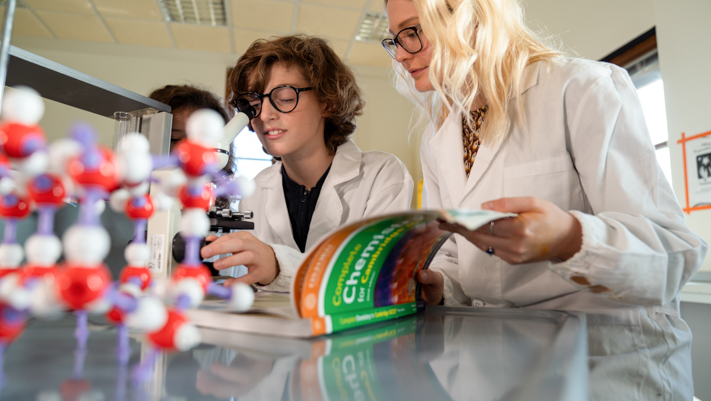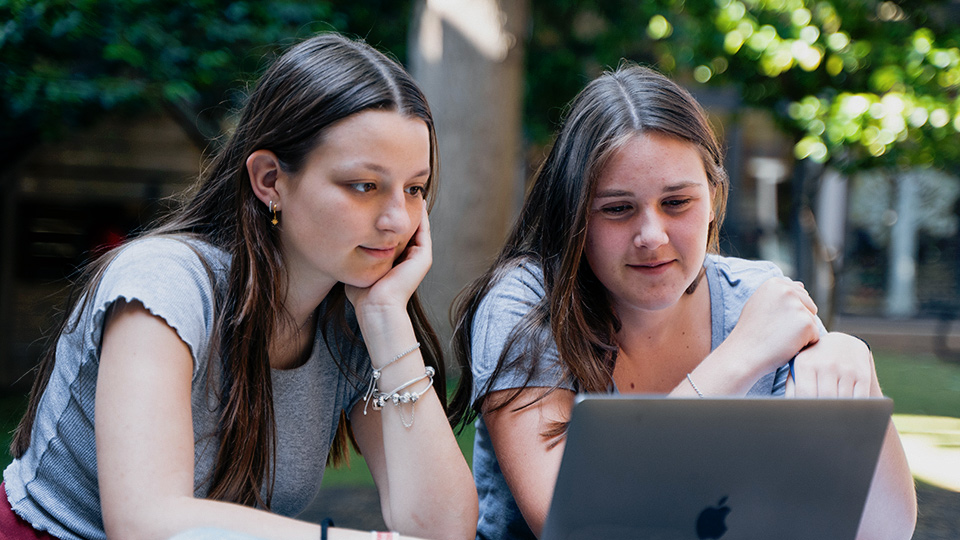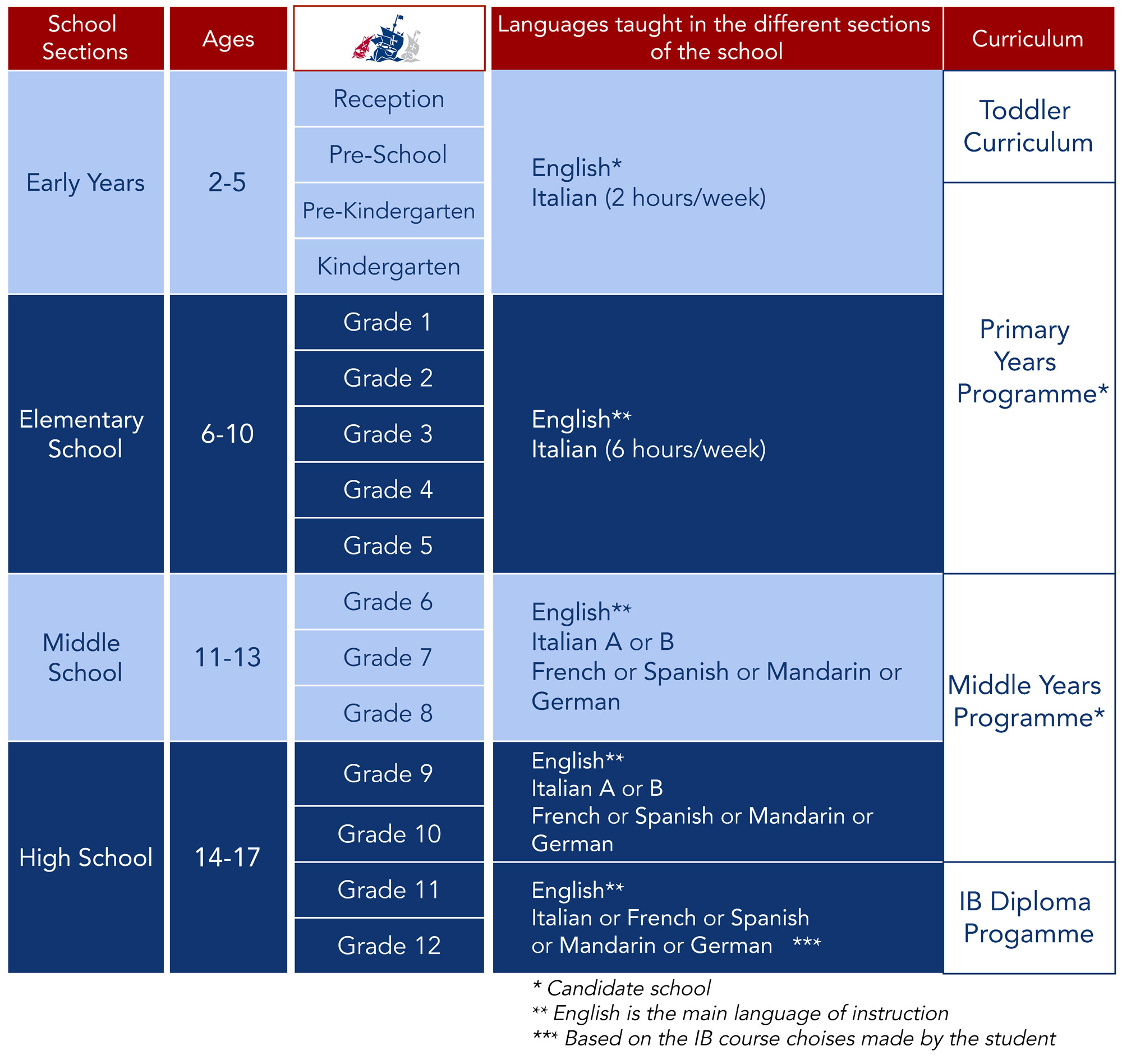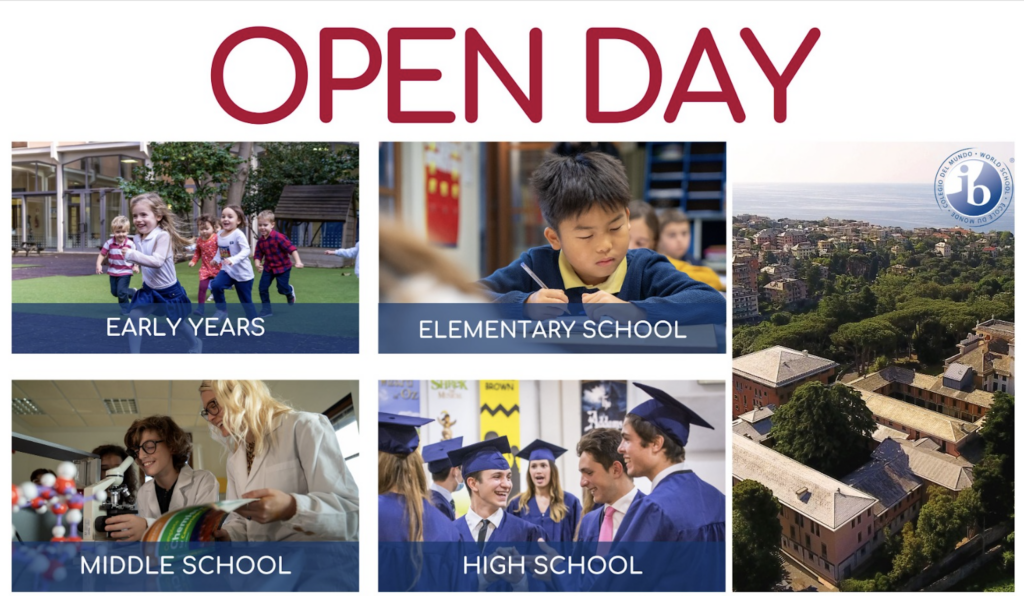Academics
Curriculum
High Quality Education
THE ISG LEARNING JOURNEY
More than 20 years of experience delivering the International Baccalaureate Diploma Programme, ISG carefully engineered the learning journey where teachers challenge each individual student with rich experiences to reach deep understanding using inquiry and critical thinking. ISG Programmes are designed to equip ISG students with the skills to be successful in a rapidly changing world. The IB Programme is designed to provide rigorous learning and ensure seamless continuity in the student’s educational journey, from the Early Years through to the Diploma Programme.
At ISG we believe that learning is a dynamic life-long process in which each learner engages with and reflects upon information and experiences in order to develop skills, conceptual understandings, and attitudes, which increase the potential for improved performance and future learning.
THE FIRST IB CONTINUUM SCHOOL IN LIGURIA



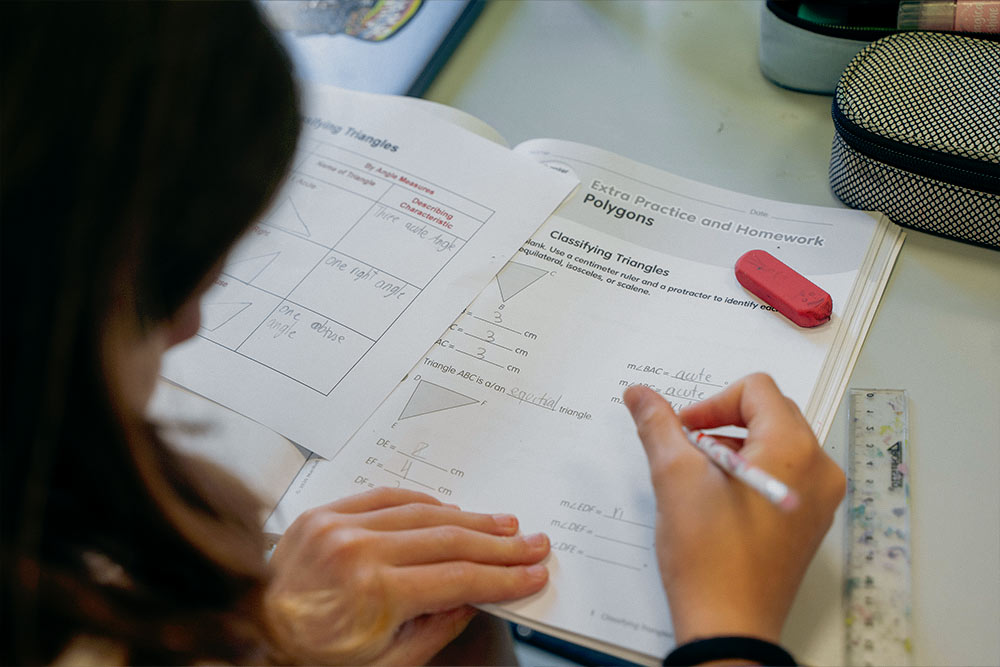
THE ISG CURRICULUM
We offer a complete educational path from the Early Years to the IB Diploma programme (from age 2 to 17). The school offers the International Baccalaureate Primary Years Programme (PYP) in Early Years and Elementary school, the International Baccalaureate Middle Years Programme (MYP) in Grades 6 to 10 and the IB Diploma Programme in Grades 11 and 12.
The school is the first authorized IB Continuum School in Liguria. These are schools that share a common philosophy: a commitment to a high-quality, challenging, international education. The International School of Genoa believes this is important for our students.
Only schools authorized by the IB Organization can offer any of its four academic programmes: the Primary Years Programme (PYP), the Middle Years Programme (MYP), the Diploma Programme, or the Career-related Programme (CP). For further information about the IB and its programmes, visit www.ibo.org.
HIGH SCHOOL DIPLOMAS
High School students have the choice to pursue an International Baccalaureate diploma, or IB course certificates. All ISG students receive the ISG High School diploma after completion of graduation requirements.
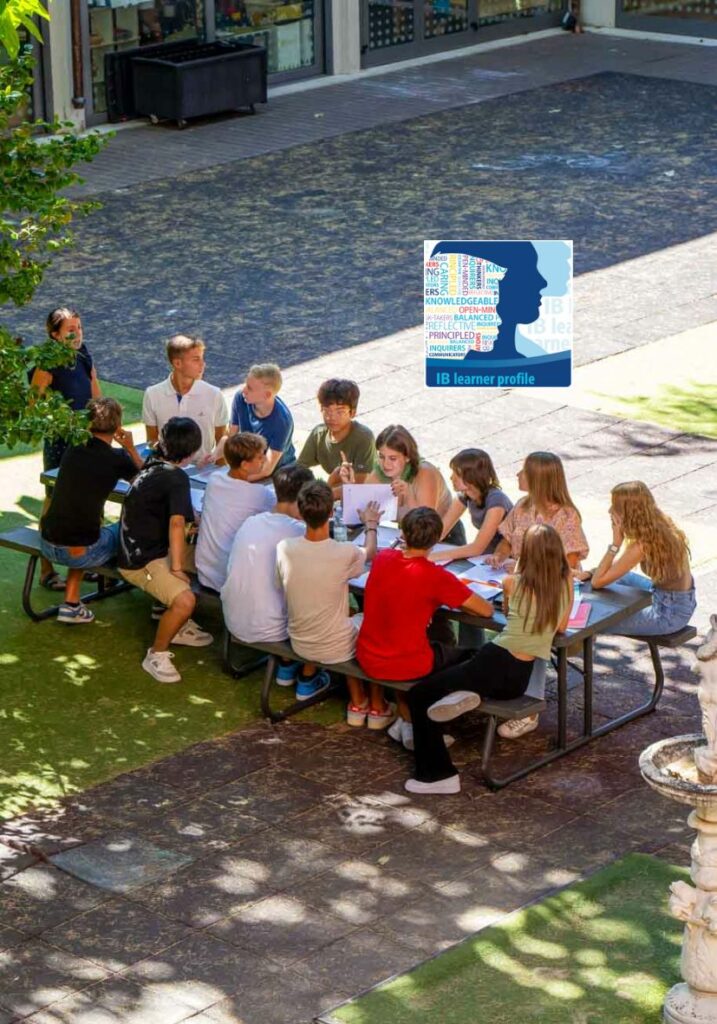
THE IB LEARNER PROFILE
- Thinkers
- Inquirers
- Caring
- Communicators
- Principled
- Reflective
- Open-minded
- Knowledgeable
- Balanced
- Risk-takers
Children today need resilience and exceptional critical thinking skills, as well as the confidence to question and reflect. ISG strives to develop these qualities by creating authentic learning environments and experiences that are both relevant and engaging.
Students are at the centre of their Learning
CURRICULUM BY
SCHOOL SECTIONS
The value of individualism and differentiation
MULTILINGUALISM
AT ISG
With over 40 different nationalities in the school, diversity is a cornerstone of our school. The International School of Genoa is striving to offer a truly “international education”, but recognises that this is not simply a question of having different nationalities in the school. Each and every one of our students, and their different backgrounds, experiences and cultures are recognised for who they are and for the unique qualities that each one of them bring to the school.
The extensive support provided by the school to the ongoing development of mother tongue languages is an essential component of the programme offered, and, as shown by the latest educational research, is fundamental to unlocking the academic potential of our students. Each child is encouraged not to forget who they are or where they came from in order to “fit in”. The importance of the individual is enshrined within our curriculum, which is founded upon a belief in the value of a holistic approach to education.
English is the language of instruction, and English as an additional language is offered for students who need support in the English language. Formal Italian instruction is included in all classes. This instruction is offered so that the Italian students continue to develop their mother tongue language skills and cultural knowledge. French, Spanish, German and Mandarin are offered as additional languages in the Secondary School.
